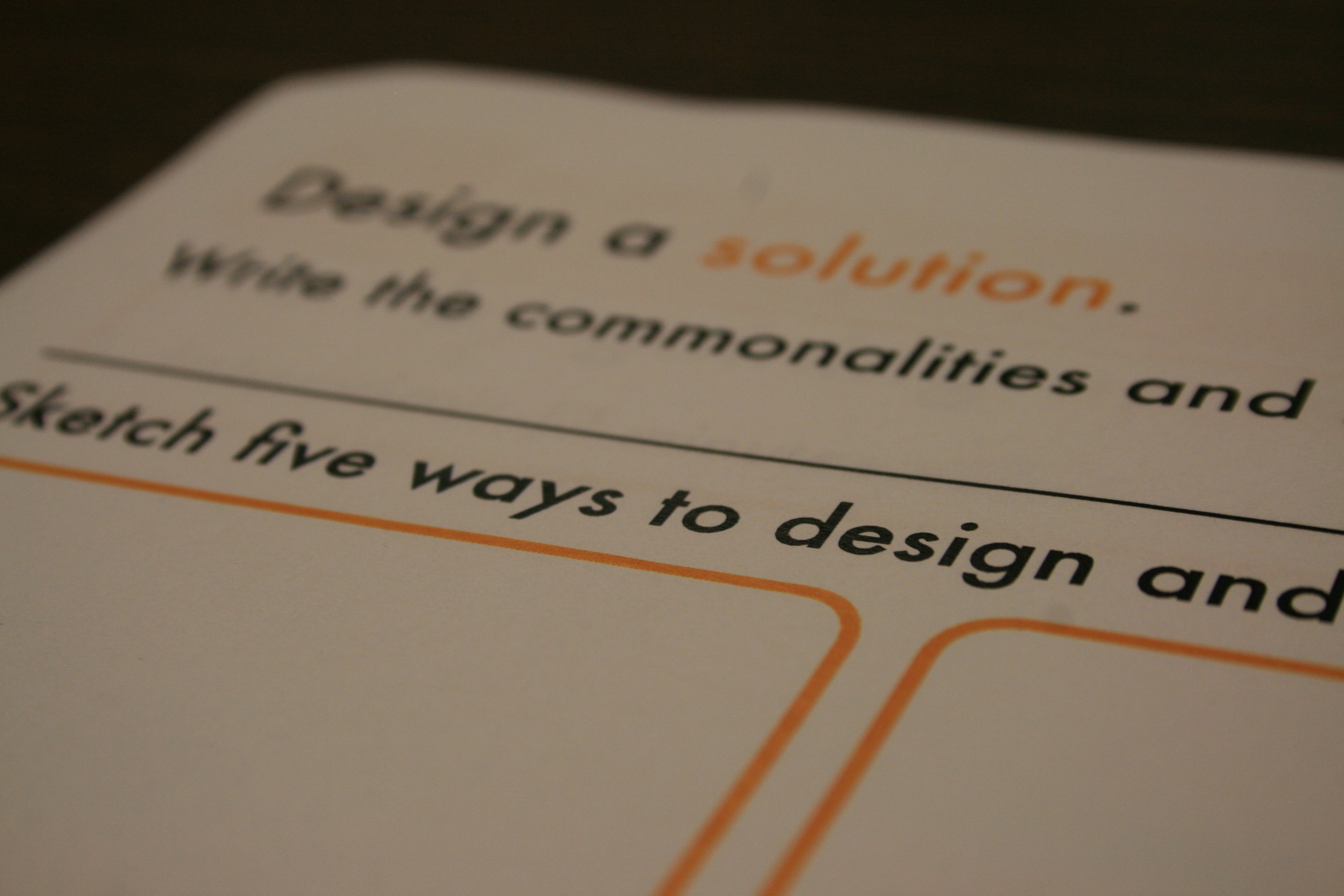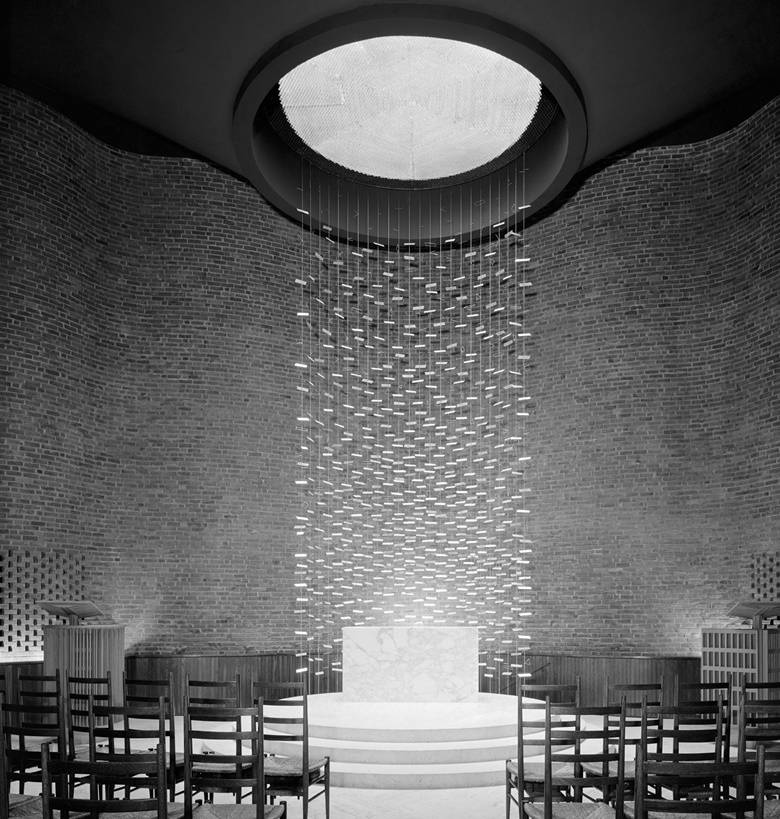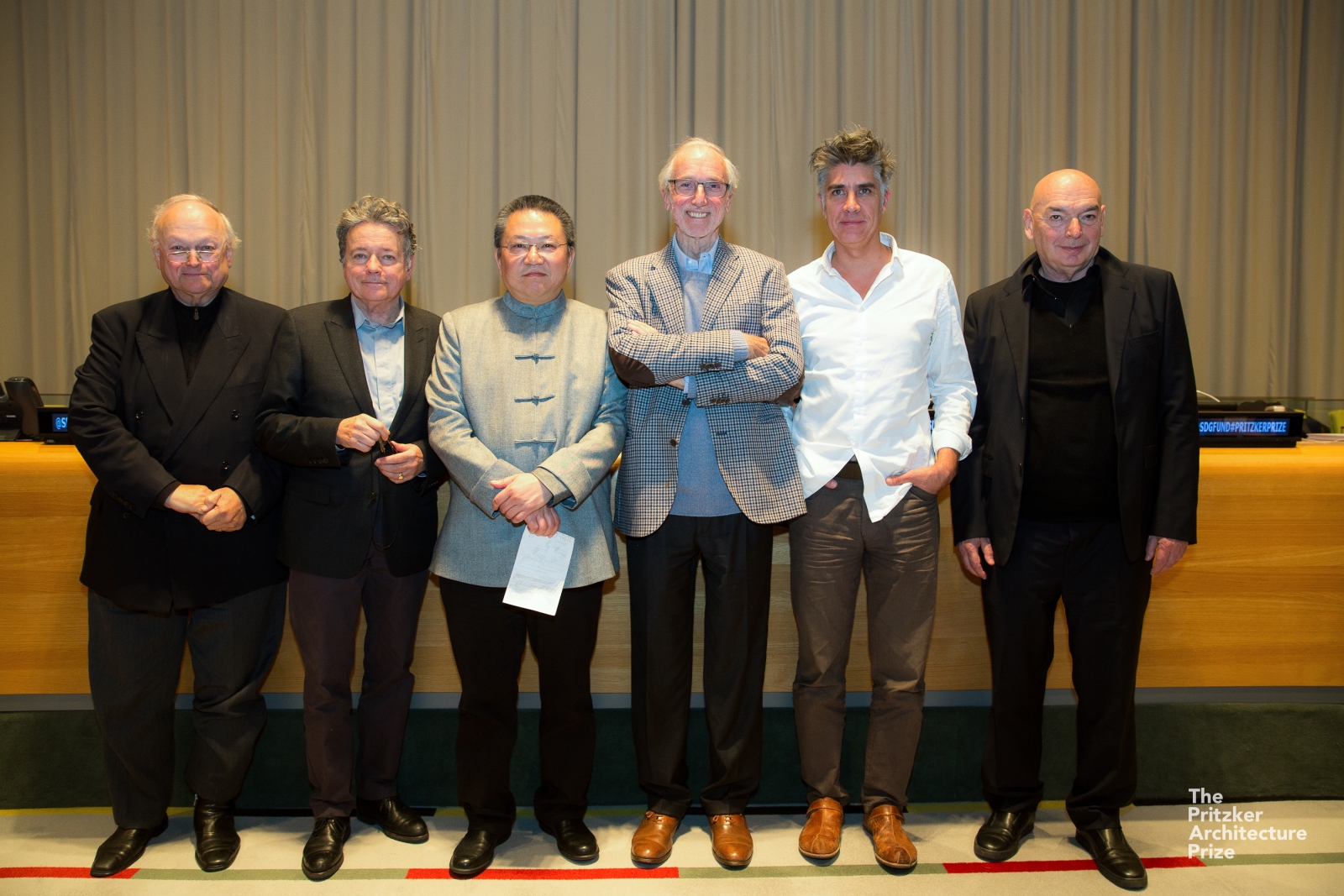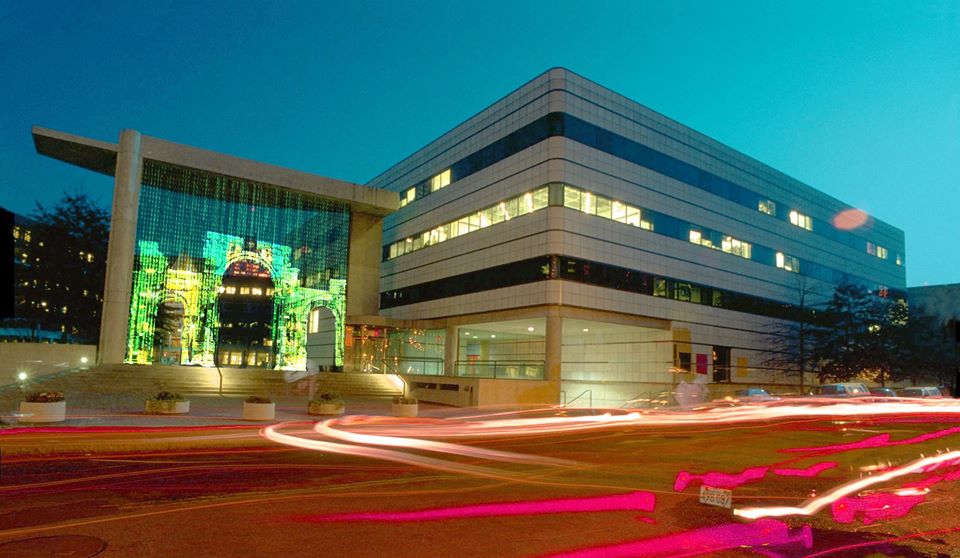2016 DESIGN MATTERS CONFERENCE: Miami Rising
Presented by Association of Architecture Organizations
November 2-4, 2016 - Miami, Florida
The Design Matters Conference presented by the Association of Architecture Organizations is the world’s only dedicated annual meeting that seeks to bring top designers, journalists and civic leaders into exploratory dialogue with those not-for-profit professionals and volunteers charged with creating cultural programs (exhibitions, tours, lectures and symposia, festivals and films, youth outreach) to spur broader public interest in architecture and design.
If you’re involved with a not-for-profit architectural, design or educational institution, come join your peers at the Design Matters Conference and enjoy 2.5 days of workshops, presentations, tours and networking events. See below for preliminary Schedule, initial list of Featured Speakers, Open Call for Presenters, Lodging and Registration information.
Conference Theme: Miami Rising
Comparatively speaking, Miami is a young city. It is a place beset with urban challenges, but a place on the make, and evolving much more rapidly than your average American city—therein lies the excitement. At this year’s Design Matters Conference, we investigate four Miami experiments that point to realities all urban centers are certain to face sometime soon. Let’s get out and explore and meet the designers and civic leaders pushing Miami into the future. Read More
Cultural Diversity:
Museums have become less object centered and more visitor centered, pushing for social change, community well-being, and service to ever-broadening audiences. In this famed Gateway City to Latin American and the Caribbean, see how Miami cultural institutions engage visitors of diverse backgrounds to foster a sense of both individual and collective identity.
Resiliency:
Florida is the lowest lying state in the US and a poster child for climate change. Learn how the City of Miami Beach is pioneering an integrated, multidisciplinary approach to managing sea level rise.
Placemaking:
In just the past decade, entirely new neighborhoods like the Design District and Wynwood have arisen from moribund industrial zones. The massive and forthcoming Underline bike path is poised to add a thrilling next chapter.
Design:
From Art Basel and Design Miami to Hadid and de Meuron, Miami hasn’t just become an art city, it's become a full-fledged design capital. We explore some of the new showstoppers and the timeless neighborhood gems.
























